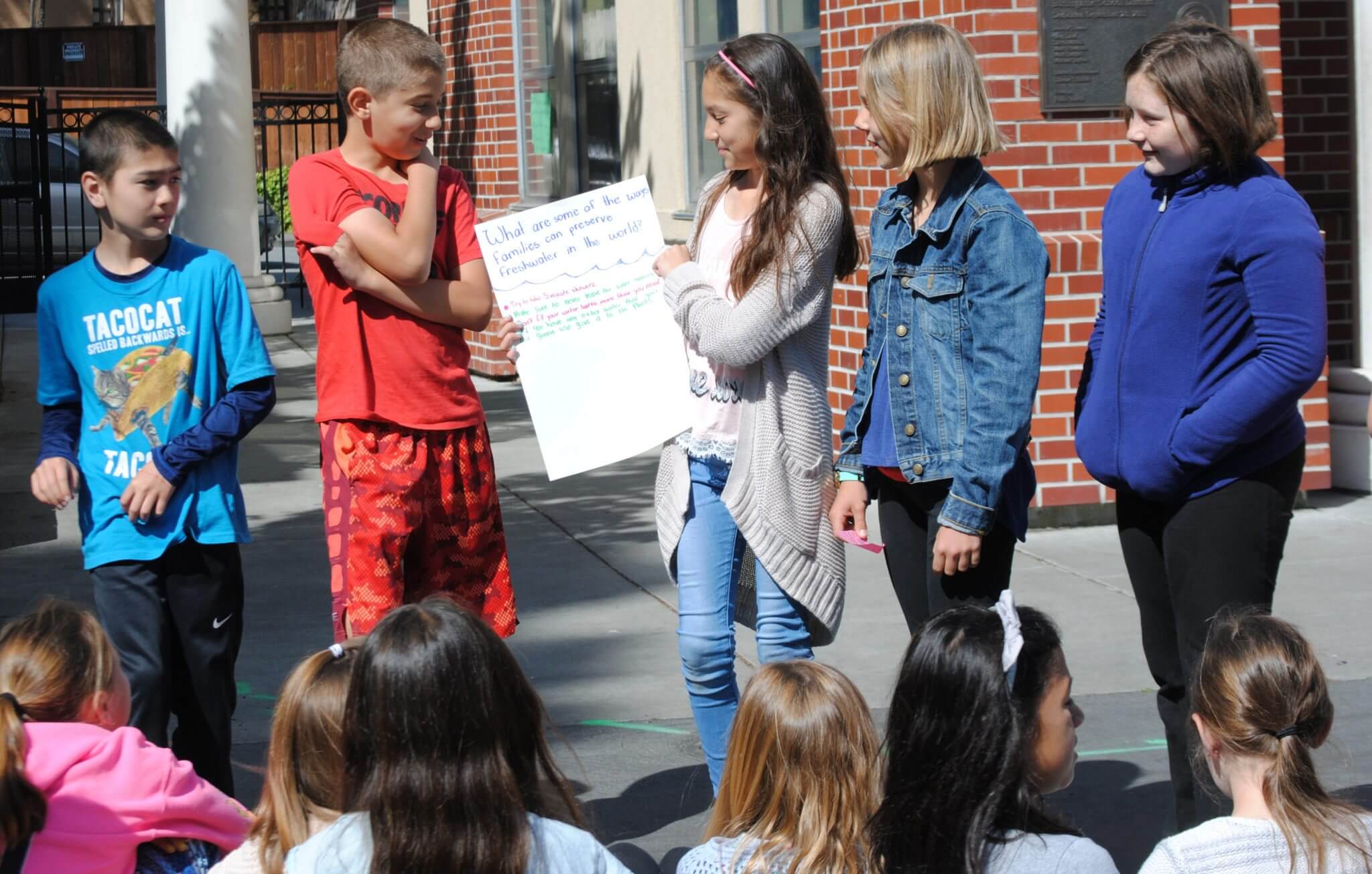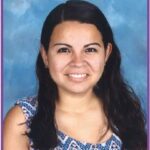Being an educator is not an easy job. In my short career in education I have learned how much education policy, standards, and frameworks can change. For me, the first change came with Common Core State Standards (CCSS), and now with Next Generation Science Standards (NGSS).
NGSS may seem like an immense obstacle to some teachers; even though we have many roles as educators, some of us might not feel like a super-scientist ready to tackle such new and innovative science standards. I’m one of those teachers who does not feel comfortable in the role of a well-informed leader in my classroom when it comes to teaching science.
Teaching 5th grade science before NGSS was frightening and overwhelming. So many scientific words—and all those questions from curious students that you hope won’t come up during a lesson because you have absolutely no idea how to answer them. Teaching 5th grade science—now with NGSS—is doubly frightening and even more overwhelming. When a teacher doesn’t understand the standards, when there are limited materials available, when you have a group of students hoping that you will make science fun and entertaining, it feels like an enormous task to undertake.
With all my fears and uncertainties, I decided to apply for the San Mateo Environmental Learning Collaborative (SM ELC) hoping to get accepted and try to obtain a basic understanding of NGSS. Understanding what I was supposed to teach my students was my one and only goal; however, I was able to obtain so much more than I could’ve ever imagined from this experience.
I was accepted for the summer 2016 cohort. Now, as I remember those three days full of learning, I realize how lucky I was to be sitting there learning and working on something that before was terrifying for me. As I was listening to all the speakers talk about NGSS, I started to recognize that my fear and science-insecurity was nothing compared to the importance of science mastery in my students’ lives. As I sat in the room with all those other teachers, I’m sure a few were having the same feelings as me. I was puzzled during the first couple of hours of presentations because there was so much information to absorb. I had to create a unit using NGSS, and all I kept thinking was, How am I going to do that?
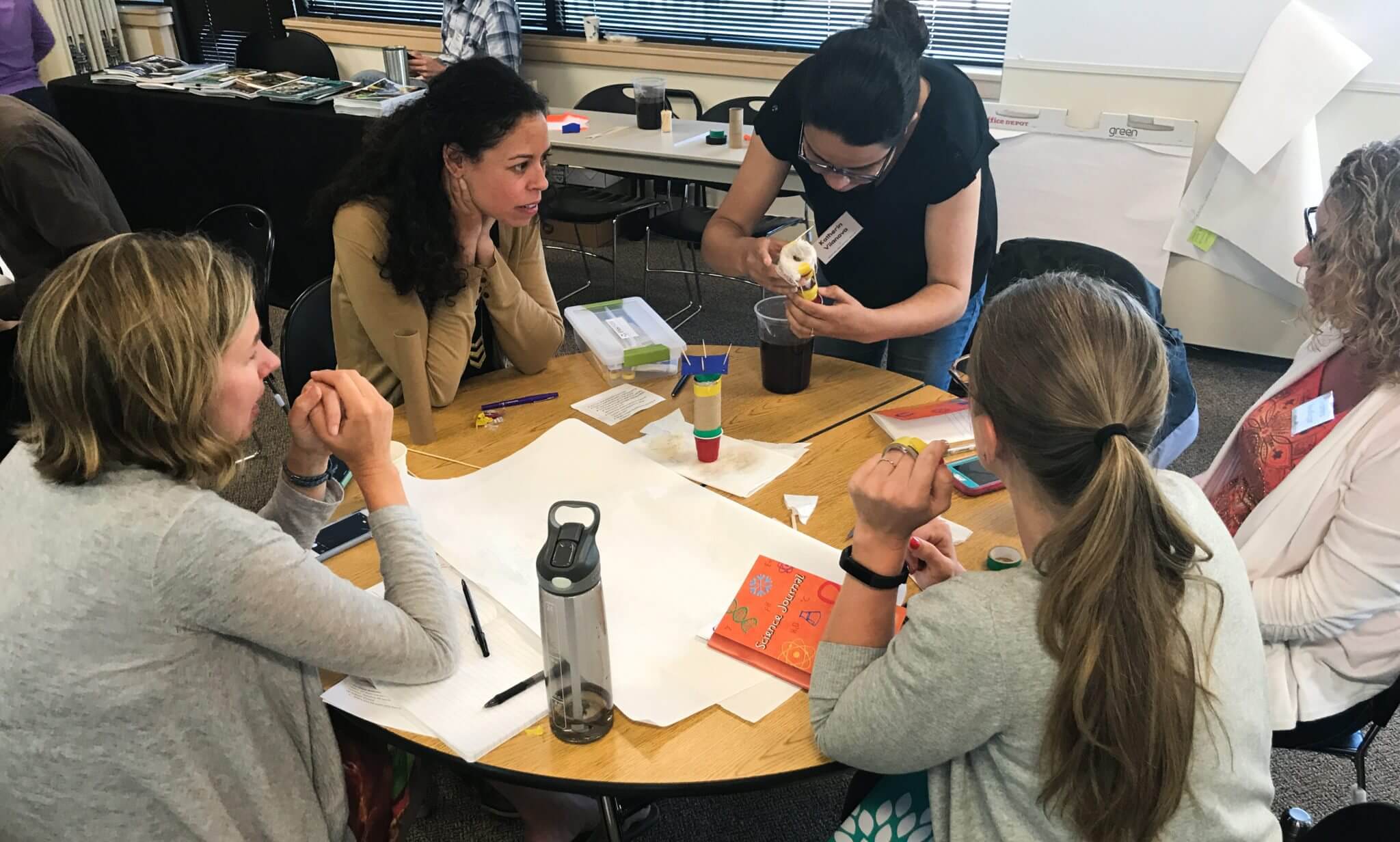
Since I was the only person from my school attending the collaborative, it was a little intimidating to see teams of other teachers from the same school working together. Luckily, I was paired up with another teacher who was attending without a partner, and we were able to come up with a basic unit that would accommodate both of our classrooms.
But the bigger question still remained in my mind: How was I going to teach this? I was so afraid and uncertain; I had created a unit pretty much from scratch with standards I was barely starting to understand. I was really afraid to make mistakes and give wrong information to my students.
What I didn’t realize is that after the three-day institute I would be obtaining help from the presenters. I was incredibly lucky to have Grace Lieberman of the State Education and Environment Roundtable help me with my unit. We exchanged so many emails—she was always answering my questions. We talked on the phone and she even found materials for me to use. This was extremely helpful because I knew I wasn’t alone; I had Grace and the whole team of experts from the collaborative.
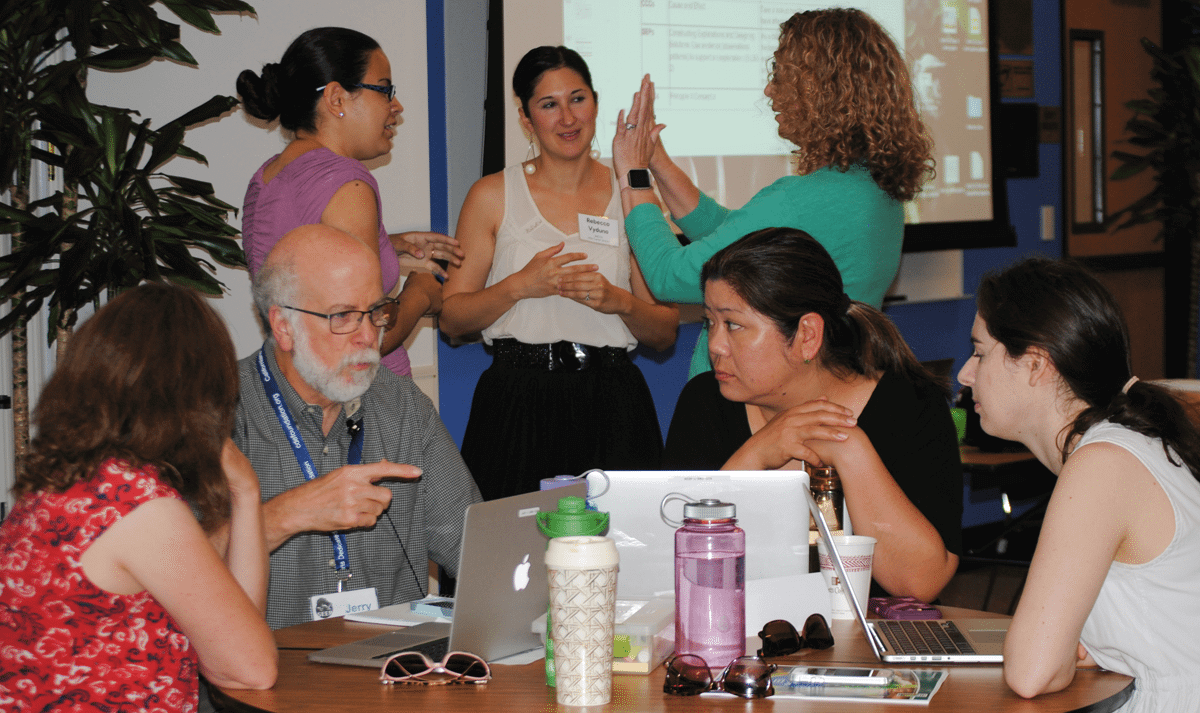
As I did my lessons I kept thinking about the process I went through to get there. It felt like an eternity ago. I felt so secure about what I was teaching now, because I was able to build up my confidence with science and NGSS during the teacher institute and throughout the creation of my unit.
I have to admit that it was so much fun to create this unit. I also had the opportunity to partner with a nonformal environmental education provider. I used the California Education and the Environment Initiative (EEI) Curriculum units, and the San Mateo Office of Sustainability visited my classroom to do activities with my students. However, my absolute best moments were with my students during our lessons in the classroom, and especially outside of the classroom.
My biggest takeaway from this experience was not just the understanding of the standards. Knowing that I started my journey in the collaborative because I wanted to understand the standards seems like something so minor, compared to all the other wonderful, eye-opening ideas and experiences I had during those three days. Learning about local environmental phenomena, and having nonformal providers to collaborate with and demonstrate how much science can be integrated with other core subjects, were some of my major triumphs.
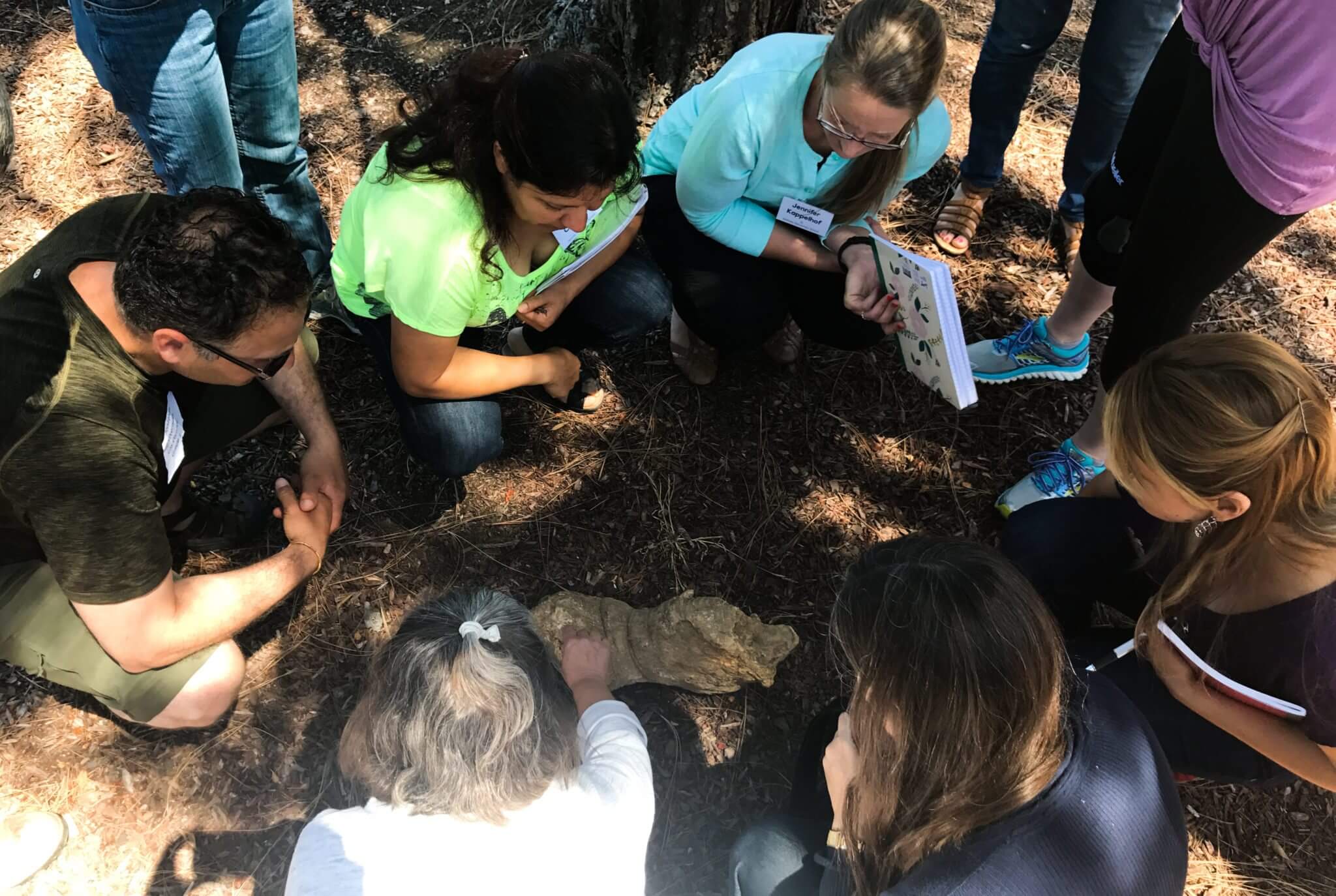
My biggest accomplishment as a teacher was learning how to take students outside of the classroom to work on science. It is the biggest learning experience you can offer your students. I was able to comprehend that you don’t need a big and elaborate lesson to take students outside. Taking students into their environment to observe dirt and rocks can have such a huge impact on fostering the relationship of your students to the world of science.
This type of student engagement was what motivated me to overcome the obstacle that NGSS was for me. After participating in SM ELC, I understood that the effort I was putting into these lessons was important for my students. Every time I came across an obstacle as a teacher—like not finding the right activity or video, or having to make changes to my lessons—it was the engagement and learning experiences of my students that kept me going.
I have nothing but wonderful things to say about my experience at SM ELC. I feel extremely lucky to have been able to participate in 2016, and again in summer 2017. This year I had the opportunity to attend with four other teachers from my school, and the experience was even better than last year. We were able to share so much and help each other during the difficult moments when we were creating our units. I’m even partnering with the kindergarten teacher to have some lessons for our students to work on together!
The San Mateo Environmental Learning Collaborative really changed my perspective as a science educator, and gave me one of the most important lessons I have learned during my educational career: the understanding that standards are not the most important thing you need to be an effective teacher. The real lesson is understanding that nothing beats the feeling you get when seeing your students highly engaged and actively learning.


